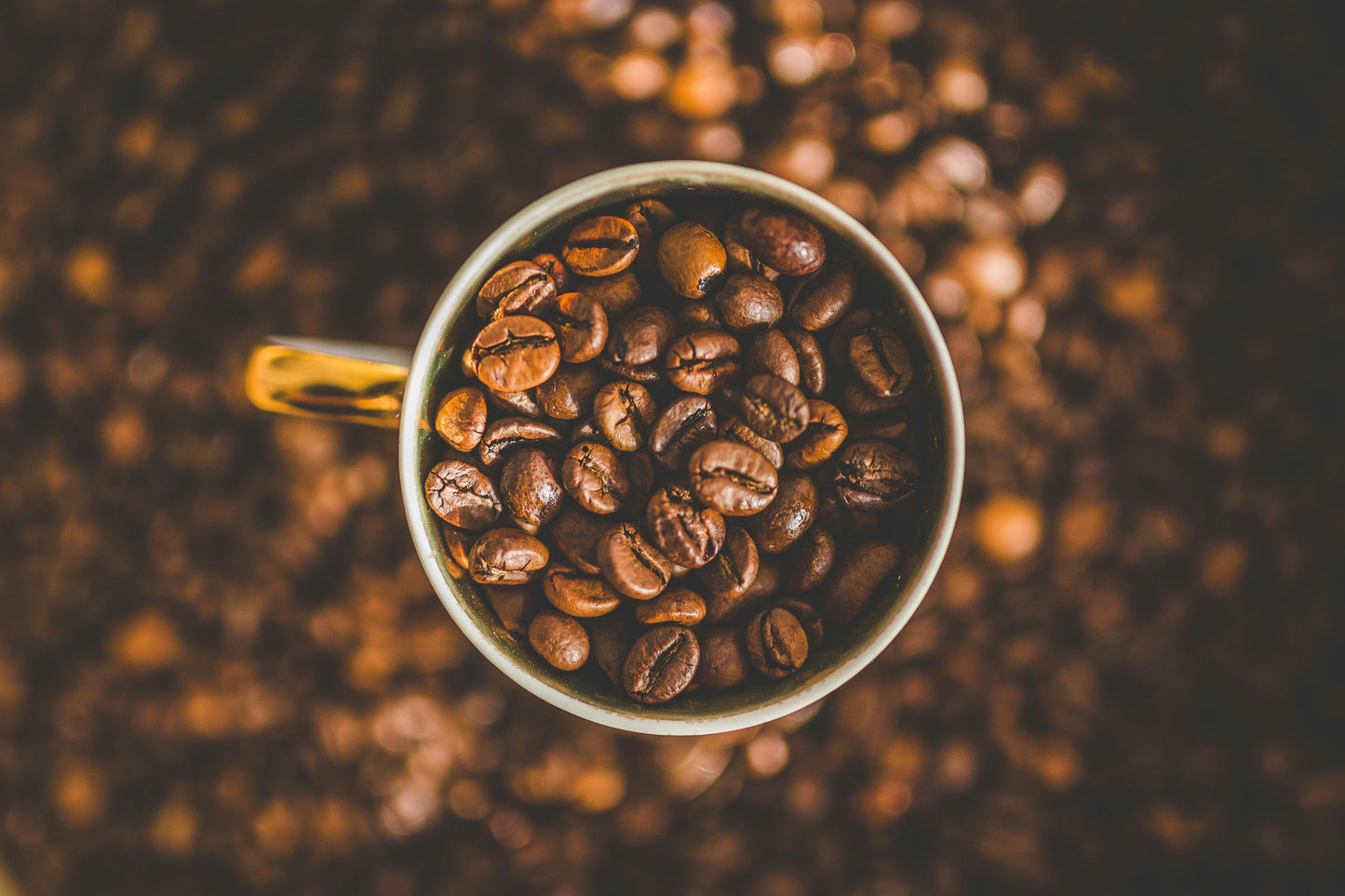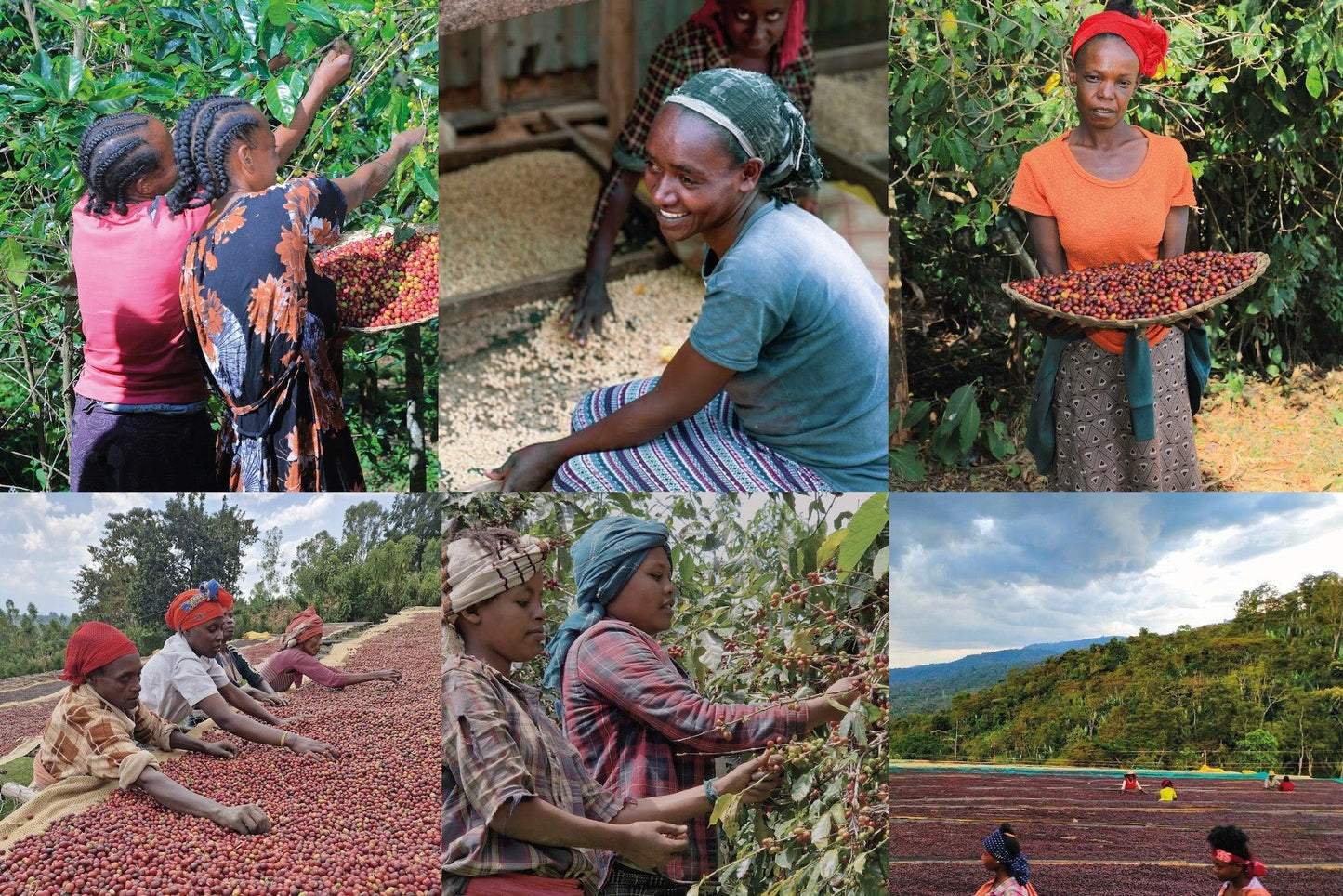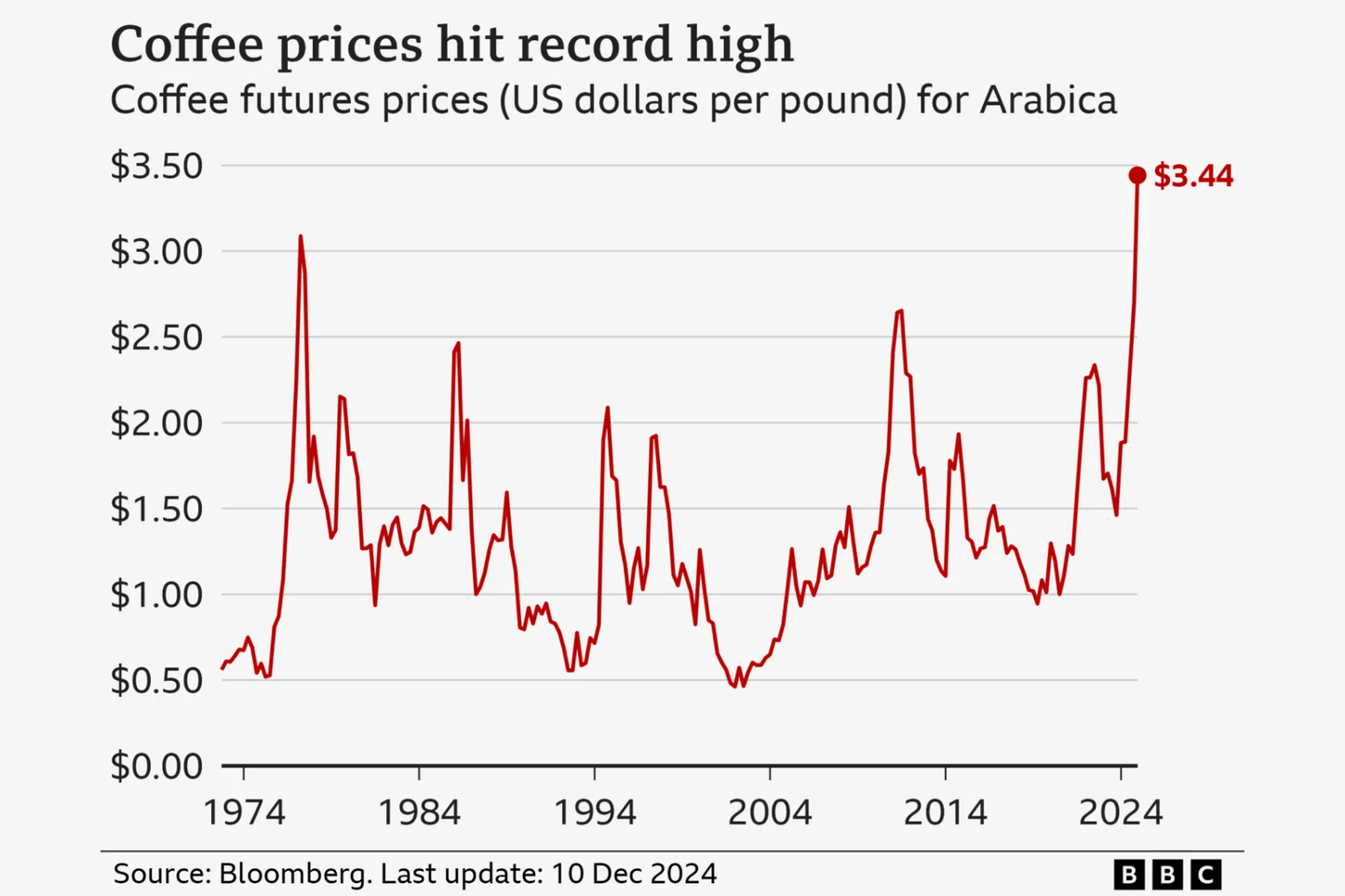
The Ultimate Guide to Coffee Grind Sizes: How to Choose the Right Grind for Your Brewing Method
Have you ever brewed a cup of coffee and found it to be lacking flavors despite using high-quality beans?It's likely that the reason for it is your coffee grind size. Grinding your coffee beans is a crucial step in the brewing process as it determines the extraction rate, which affects the taste and strength of your coffee. Using the wrong grind size can result in over-extracted or under-extracted coffee, leading to a bitter or weak cup.
That's why it's essential to know the proper grind size for your preferred brewing method, because the consistency of your coffee grounds can make all the difference in the world.
However, before delving into the coffee grind size guide, it is essential to understand the basics of the factors contributing to under-extraction or over-extraction.
Common Causes of Under-Extraction in Coffee Brewing
- Using a coarse grind size for an espresso shot can result in under extraction. The water passes through the coffee too quickly, resulting in a weak and sour espresso shot.
- Brewing coffee with water that is too cold can also lead to under extraction. The water temperature is crucial in the brewing process, and if it's too low, the water won't extract enough of the coffee's soluble compounds, leading to a weak cup.
- Using too little coffee grounds can also result in under extraction. Without enough coffee grounds, the water will not have enough surface area to extract the desirable flavors and aromas from the coffee, resulting in a weak and under extracted cup.
- Brewing coffee for too short a time can also lead to under extraction. The optimal brewing time depends on the brewing method and the coffee-to-water ratio, but if the brewing time is too short, the water won't have enough contact time with the coffee grounds to extract enough of the desirable compounds, resulting in a weak and sour-tasting cup.
As we already mentioned, coffee grind size can significantly impact the extraction yield and flavor of the coffee. Just to sum up, under-extraction occurs when the grind size is too coarse, and the water cannot extract enough of the soluble compounds from the coffee grounds. This can result in a weak and sour-tasting coffee with a low body and aroma. This is because the water does not have enough contact time with the coffee grounds to extract the desirable flavors and aromas.
Common Causes of Over-Extraction in Coffee Brewing
On the other hand, when the grind size is too fine, the water may struggle to pass through the compacted coffee grounds, leading to over-extraction and a bitter-tasting coffee. Here are the main factors for over-extraction.
- Using a fine grind size for a French press can lead to over extraction. The fine coffee particles can seep through the mesh filter, resulting in a gritty and bitter-tasting cup.
- Leaving the coffee to brew for too long in a drip coffee maker can also result in over extraction. The water will extract too much of the coffee's soluble compounds, resulting in a bitter and astringent cup.
- Using too much coffee grounds can also lead to over extraction. If there are too many coffee grounds in the brewing chamber, the water will not be able to extract all the desirable flavors and aromas, resulting in a bitter and overpowering cup.
- Using water that is too hot can also lead to over-extraction. The high temperature can extract too many of the coffee's bitter compounds, resulting in a burnt and unpleasant cup.
- Grinding coffee too finely for an espresso shot can also result in over-extraction. The water will struggle to pass through the compacted coffee grounds, resulting in a bitter and harsh-tasting shot.



Finding the Perfect Grind Size for Your Perfect Cup
As we can see, to achieve optimal extraction, it's crucial to choose the appropriate grind size based on the brewing method, as well as the desired flavor profile. Therefore, in this complete guide to coffee grind size, we will explore the various grind sizes and the best brewing methods for each. By exploring the nuances of coffee grind size, you will be able to achieve a perfect cup of coffee every time.
However, it is important to note that the guide for coffee grind size that we have provided here is specifically tailored to our Ethiopian coffee beans and has been tested on our espresso grinder and machine. As with any coffee, the grind size and brewing method can vary depending on the type of bean and the equipment being used. Therefore, while these recommendations are a great starting point for getting the best out of our Ethiopian beans, they may need to be adjusted slightly if you're using beans from a different region or different equipment. Be sure to experiment with different grind sizes and brewing methods to find the perfect balance for your particular setup and coffee beans.

1. Coffee Grind for a French Press
A French press is a classic method of brewing coffee that involves steeping coarsely ground coffee in hot water for several minutes. The coarseness of the grind is crucial to the success of this brewing method.
A French press requires a coarse grind size similar to breadcrumbs or coarse sea salt because French press coffee needs a longer brewing time than other brewing methods, typically four to five minutes.
The coffee grounds should be large enough to allow water to flow through them slowly and evenly while still being small enough to ensure full extraction of flavor.

2. Coffee Grind for a Pour Over
Pourover coffee is a popular brewing method that involves pouring hot water over coffee grounds in a filter, allowing the water to extract the coffee flavor as it passes through the grounds and filter.
For pourover coffee, a medium-coarse grind size is generally recommended. This allows for a balanced extraction of the coffee flavor without over-extracting or under-extracting the coffee. The coffee should have a consistency similar to kosher salt or raw sugar, with distinct particles that are visible but not too large.
In this blog post, we refer to two specific types of pourover brewing: the Aeropress and the V60. While both of these methods involve pouring hot water over coffee grounds in a filter, there are some key differences between them that impact the recommended grind size. For example, the Aeropress typically requires a finer grind size than the V60 due to the shorter brew time and smaller filter size.



3. Coffee Grind Size for a Filter
There is only a slight difference between coffee grind size for filter coffee and pour-over coffee, as they are both generally in the medium range.
For filter coffee, a medium grind size is recommended, which is slightly finer than kosher salt, with a consistency similar to granulated sugar or sand. The coffee grounds should be small enough to ensure full extraction of flavor, but not so small that they clog the filter or lead to over-extraction and bitterness.

4. Coffee Grind for Espresso Based Drinks
When making espresso-based drinks such as cappuccinos, lattes, and other, a fine grind size is necessary to achieve the concentrated, intense flavor of espresso.
The espresso grind size is typically finer than table salt, with a consistency similar to powdered sugar. The finer grind size allows for a slower flow rate of water through the coffee grounds, ensuring that the water comes into contact with as much surface area of the coffee as possible, resulting in a rich, flavorful shot of espresso.


Grind Size Isn't the Only Factor to Consider
In summary, there are recommended grind sizes for each brewing method, but it's important to keep in mind that these recommendations may need to be adjusted based on the specifics of your brewing setup. This is because the size and type of filter used can vary, which in turn can have an impact on the extraction time.
For example, pour-over brewers come in many different sizes, and the type of filter used can also vary. This means that when comparing two different pour-over brewers with the same grind size, the extraction time may differ due to variations in the size and type of filter being used. Therefore, it's important to pay attention to these variables when brewing coffee, and make adjustments as needed to achieve the desired flavor and aroma.
Ultimately, finding the right grind size and brewing method for your coffee can be a process of trial and error, but with some experimentation and attention to detail, you can create a delicious, customized cup of coffee that perfectly suits your tastes.











